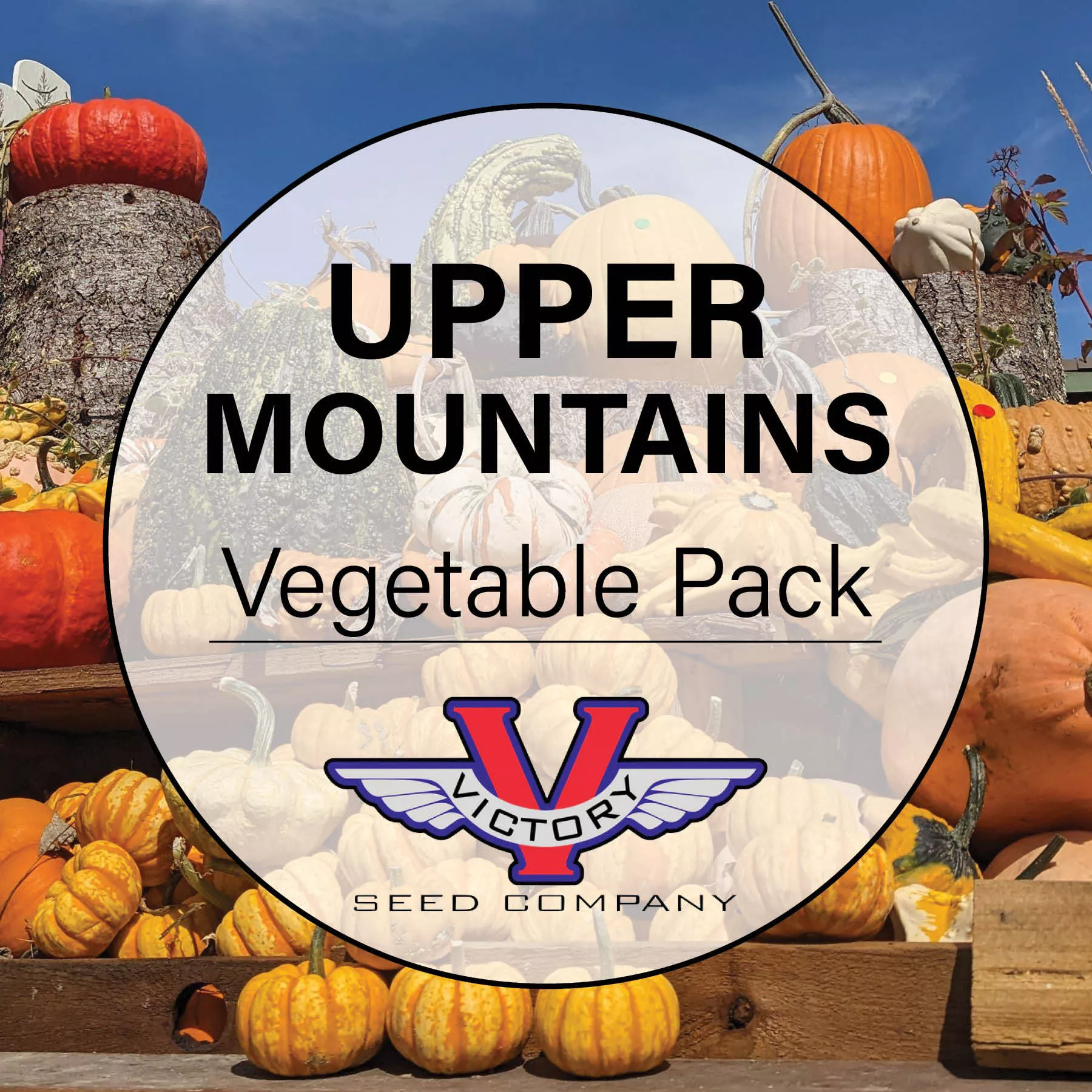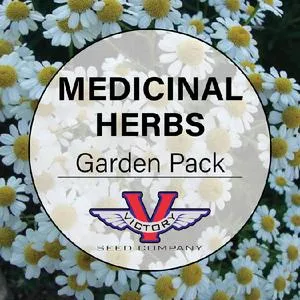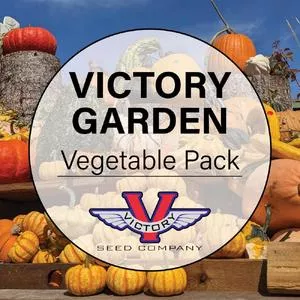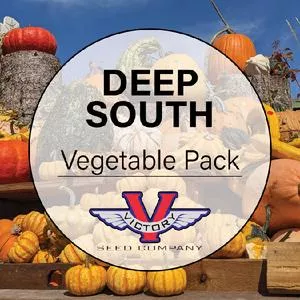Upper Mountain States Vegetable Garden Pack
Price: $95.49
SKU: 30096161We have chosen our favorite and best-selling varieties for the Upper Mountain States (Montana, Wyoming, and Idaho), and made them available in this convenient collection.
Place a single order for this item and you will get one packet of each of the items shown below at an overall discount. If you prefer, you can order them individually one by one, by clicking on each item in the list.
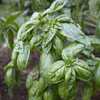 Basil, Italian Large Leaf (Sweet)
Basil, Italian Large Leaf (Sweet)
Sweet basil with large leaves, perfect for pesto and Italian dishes, thrives in full sun.
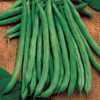 Blue Lake 274 Bush Green Garden Bean
Blue Lake 274 Bush Green Garden Bean
A canner's favorite green snap bean.
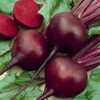 Detroit Dark Red Beet
Detroit Dark Red Beet
Renowned for its sweet, tender roots and versatile use.
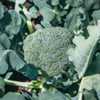 Di Ciccio Broccoli
Di Ciccio Broccoli
An old Italian heirloom broccoli. Compact plants.
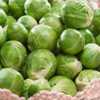 Catskill Brussels Sprouts
Catskill Brussels Sprouts
Large, dark-green and firm sprouts.
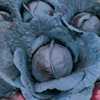 Red Acre Cabbage
Red Acre Cabbage
Solid, 5-7 inches in diameter, round, flattened, red-purple colored, weigh 2-4 pounds.
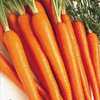 Henderson's Tendersweet Carrot
Henderson's Tendersweet Carrot
Distinct, dark-green foliage; 8-10 inches long, taper slightly from the shoulder to a blunt end.
 Snowball Self-Blanching Cauliflower
Snowball Self-Blanching Cauliflower
Self-blanching cauliflower with large leaves and mild flavor.
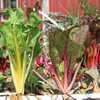 Bright Lights Swiss Chard
Bright Lights Swiss Chard
Award-winning chard with vibrant stems and colors, perfect for salads when harvested young.
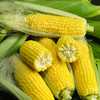 Golden Bantam Sweet Corn
Golden Bantam Sweet Corn
The most popular yellow sweet corn among home gardener's since the beginning of the twentieth century.
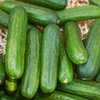 Muncher Cucumber
Muncher Cucumber
Smooth, tender, burpless fruit.
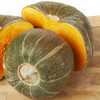 Burgess Buttercup Winter Squash
Burgess Buttercup Winter Squash
Very sweet, fine-grained flesh, 5 to 8 inches in diameter and range from 3 to 5 pounds.
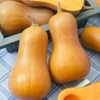 Honeynut Winter Squash
Honeynut Winter Squash
Trendy, flavorful mini butternut squash with high beta carotene, mildew resistance, and superior taste.
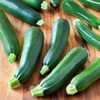 Black Beauty Zucchini Summer Squash
Black Beauty Zucchini Summer Squash
Fruit are harvested at 6 to 8 inches by two inches and dark green.
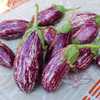 Listada De Gandia Eggplant
Listada De Gandia Eggplant
Beautiful European heirloom with mild-flavored pink fruit, thriving in hot summers.
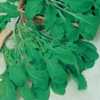 Arugula
Arugula
Spicy-flavored and versatile, this cool-weather green enhances salads, soups, and sauces.
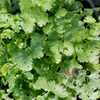 Coriander (Cilantro) - Slow Bolt
Coriander (Cilantro) - Slow Bolt
Bolt-resistant variety offers extended harvest of fresh cilantro leaves and flavorful coriander seeds.
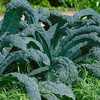 Lacinato, Black or Dinosaur Kale (Nero Di Toscana)
Lacinato, Black or Dinosaur Kale (Nero Di Toscana)
Dark bluish-green, long, narrow, deeply savoyed leaves.
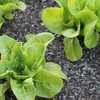 All The Year Round Butterhead Lettuce
All The Year Round Butterhead Lettuce
Medium sized heads stay firm and solid even in hot weather.
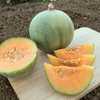 Minnesota Midget Melon
Minnesota Midget Melon
Compact plants. Small, delicious fruit.
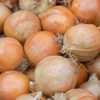 Yellow Sweet Spanish Onion
Yellow Sweet Spanish Onion
'Yellow Sweet Spanish' onions can grow extra large, are straw colored with white flesh that is mild and sweet flavored.
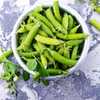 Sugar Snap Pea
Sugar Snap Pea
Vigorous, tall vines produce tasty and tender pods when young.
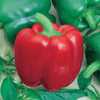 California Wonder (Bell) Pepper
California Wonder (Bell) Pepper
The flesh is thick, mild and sweet flavored.
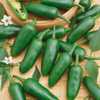 Jalapeno Hot Pepper
Jalapeno Hot Pepper
Dark green, tapered peppers. Good for pickling or fresh.
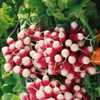 French Breakfast Radish
French Breakfast Radish
Scarlet with white tips and crisp, white flesh.
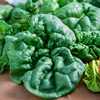 Bloomsdale Longstanding Spinach
Bloomsdale Longstanding Spinach
Early, dark green, crumpled leaves can be sown in spring or fall.
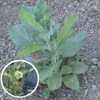 Wild / Sacred Rustica Tobacco (Aztec)
Wild / Sacred Rustica Tobacco (Aztec)
A wild tobacco, also known as Sacred Tobacco.
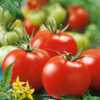 Stupice Tomato
Stupice Tomato
50 days, indeterminate, potato-leaf plants with 2½-inch red fruit, excellent flavor, heavy yields.
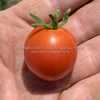 Farthest North Tomato
Farthest North Tomato
Early, cool-tolerant, determinate cherry tomato, 40-50 days, red, globe-shaped, resistant to Bacterial Speck.
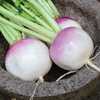 Purple Top White Globe Turnip
Purple Top White Globe Turnip
Round roots that are bright purple on the upper part and white below.
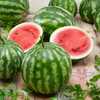 Cal Sweet Bush Watermelon
Cal Sweet Bush Watermelon
Compact bush watermelon perfect for patios, with sweet red flesh and manageable 20-inch vines.
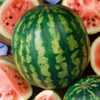 Early Crimson Treat Watermelon
Early Crimson Treat Watermelon
Icebox-type watermelon reaching up to 10 pounds.
Place a single order for this item and you will get one packet of each of the items shown below at an overall discount. If you prefer, you can order them individually one by one, by clicking on each item in the list.
 Basil, Italian Large Leaf (Sweet)
Basil, Italian Large Leaf (Sweet)Sweet basil with large leaves, perfect for pesto and Italian dishes, thrives in full sun.
 Blue Lake 274 Bush Green Garden Bean
Blue Lake 274 Bush Green Garden BeanA canner's favorite green snap bean.
 Detroit Dark Red Beet
Detroit Dark Red BeetRenowned for its sweet, tender roots and versatile use.
 Di Ciccio Broccoli
Di Ciccio BroccoliAn old Italian heirloom broccoli. Compact plants.
 Catskill Brussels Sprouts
Catskill Brussels SproutsLarge, dark-green and firm sprouts.
 Red Acre Cabbage
Red Acre CabbageSolid, 5-7 inches in diameter, round, flattened, red-purple colored, weigh 2-4 pounds.
 Henderson's Tendersweet Carrot
Henderson's Tendersweet CarrotDistinct, dark-green foliage; 8-10 inches long, taper slightly from the shoulder to a blunt end.
 Snowball Self-Blanching Cauliflower
Snowball Self-Blanching CauliflowerSelf-blanching cauliflower with large leaves and mild flavor.
 Bright Lights Swiss Chard
Bright Lights Swiss ChardAward-winning chard with vibrant stems and colors, perfect for salads when harvested young.
 Golden Bantam Sweet Corn
Golden Bantam Sweet CornThe most popular yellow sweet corn among home gardener's since the beginning of the twentieth century.
 Muncher Cucumber
Muncher CucumberSmooth, tender, burpless fruit.
 Burgess Buttercup Winter Squash
Burgess Buttercup Winter SquashVery sweet, fine-grained flesh, 5 to 8 inches in diameter and range from 3 to 5 pounds.
 Honeynut Winter Squash
Honeynut Winter SquashTrendy, flavorful mini butternut squash with high beta carotene, mildew resistance, and superior taste.
 Black Beauty Zucchini Summer Squash
Black Beauty Zucchini Summer SquashFruit are harvested at 6 to 8 inches by two inches and dark green.
 Listada De Gandia Eggplant
Listada De Gandia EggplantBeautiful European heirloom with mild-flavored pink fruit, thriving in hot summers.
 Arugula
ArugulaSpicy-flavored and versatile, this cool-weather green enhances salads, soups, and sauces.
 Coriander (Cilantro) - Slow Bolt
Coriander (Cilantro) - Slow BoltBolt-resistant variety offers extended harvest of fresh cilantro leaves and flavorful coriander seeds.
 Lacinato, Black or Dinosaur Kale (Nero Di Toscana)
Lacinato, Black or Dinosaur Kale (Nero Di Toscana)Dark bluish-green, long, narrow, deeply savoyed leaves.
 All The Year Round Butterhead Lettuce
All The Year Round Butterhead LettuceMedium sized heads stay firm and solid even in hot weather.
 Minnesota Midget Melon
Minnesota Midget MelonCompact plants. Small, delicious fruit.
 Yellow Sweet Spanish Onion
Yellow Sweet Spanish Onion'Yellow Sweet Spanish' onions can grow extra large, are straw colored with white flesh that is mild and sweet flavored.
 Sugar Snap Pea
Sugar Snap PeaVigorous, tall vines produce tasty and tender pods when young.
 California Wonder (Bell) Pepper
California Wonder (Bell) PepperThe flesh is thick, mild and sweet flavored.
 Jalapeno Hot Pepper
Jalapeno Hot PepperDark green, tapered peppers. Good for pickling or fresh.
 French Breakfast Radish
French Breakfast RadishScarlet with white tips and crisp, white flesh.
 Bloomsdale Longstanding Spinach
Bloomsdale Longstanding SpinachEarly, dark green, crumpled leaves can be sown in spring or fall.
 Wild / Sacred Rustica Tobacco (Aztec)
Wild / Sacred Rustica Tobacco (Aztec)A wild tobacco, also known as Sacred Tobacco.
 Stupice Tomato
Stupice Tomato50 days, indeterminate, potato-leaf plants with 2½-inch red fruit, excellent flavor, heavy yields.
 Farthest North Tomato
Farthest North TomatoEarly, cool-tolerant, determinate cherry tomato, 40-50 days, red, globe-shaped, resistant to Bacterial Speck.
 Purple Top White Globe Turnip
Purple Top White Globe TurnipRound roots that are bright purple on the upper part and white below.
 Cal Sweet Bush Watermelon
Cal Sweet Bush WatermelonCompact bush watermelon perfect for patios, with sweet red flesh and manageable 20-inch vines.
 Early Crimson Treat Watermelon
Early Crimson Treat WatermelonIcebox-type watermelon reaching up to 10 pounds.
Customer Reviews:
Do you have experience with this one? 📝 📣 Write a review!
No reviews have been posted yet.

